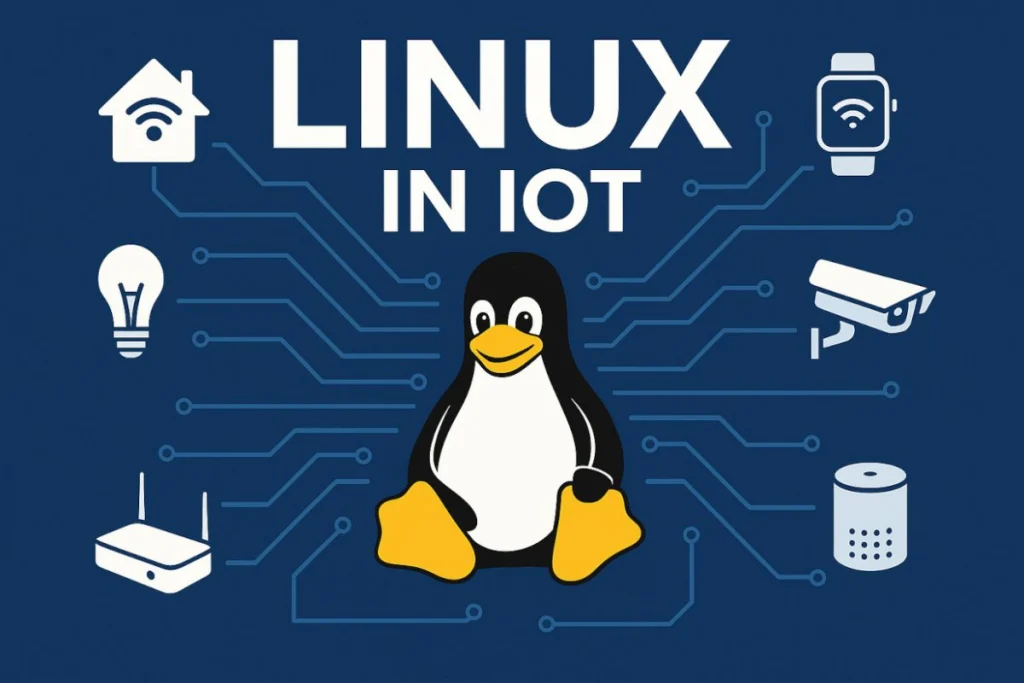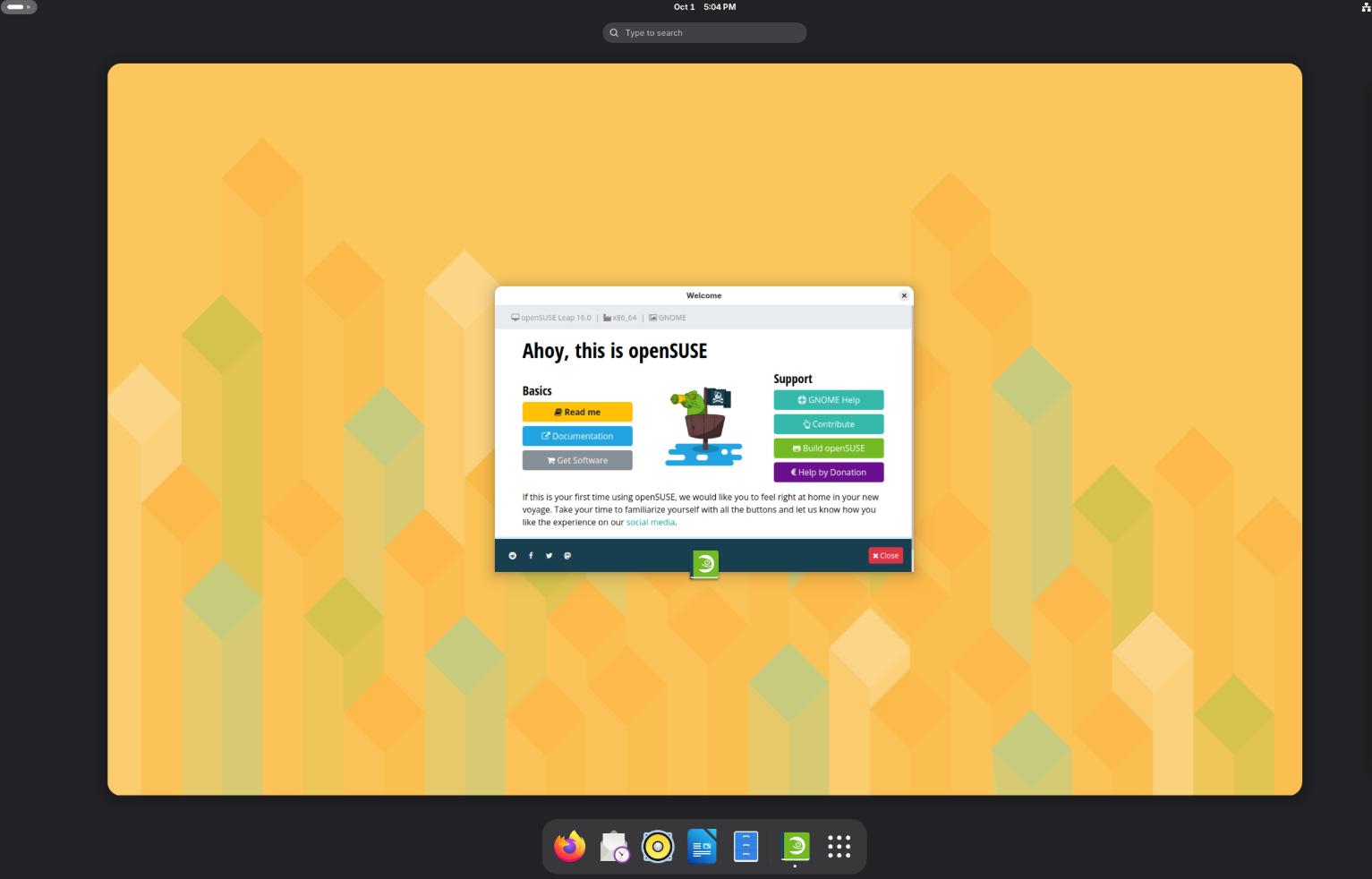In the ever-expanding ecosystem of Linux distributions, Oreon Linux emerges as a lightweight, Arch-based distro tailored for users who demand simplicity, speed, and control. Built with modern desktops and older hardware in mind, Oreon’s primary goal is to offer a clean and highly responsive experience out of the box—without compromising on customizability or functionality.
Designed for Performance and Simplicity
Oreon Linux is developed with performance as a key focus. Leveraging the rolling-release nature of Arch Linux, it ensures that users receive the latest updates and software packages while maintaining system stability. Unlike some bloated Linux distributions, Oreon takes a minimalist approach—shipping only with essential software so users can build the environment they want.
At its core, Oreon is designed to be modular and efficient. Its lightweight footprint makes it especially suitable for low-spec machines or for users who simply prefer a lean system without unnecessary overhead. The system utilizes Openbox as its default window manager, though users are free to install and configure other desktop environments according to their preferences.
Key Features
- Rolling Release Model: Since it is Arch-based, Oreon benefits from continuous updates without requiring a full reinstall when a new version is released.
- Minimal Base Installation: The distro offers a clean base system that empowers users to decide what gets installed, offering maximum flexibility.
- Systemd and OpenRC Support: One standout feature of Oreon is the ability to choose between systemd and OpenRC as the init system, allowing users to tailor the system to their performance or philosophical needs.
- Pacman Package Manager: As with other Arch-based systems, users benefit from Pacman’s speed and power, alongside access to the Arch User Repository (AUR) for thousands of community-maintained packages.
- Openbox Window Manager: Fast, stable, and highly customizable, Openbox offers a straightforward user experience and low resource usage.
User Experience and Documentation
Despite its minimalist philosophy, Oreon is user-friendly for intermediate and advanced users. The installation process is well-documented and fairly straightforward for those familiar with Arch or other barebones distros. The developers provide comprehensive documentation and configuration guidance, helping users tailor their environment efficiently.
The default installation includes tools like Thunar, Nitrogen, and LXAppearance to manage files, wallpapers, and themes—making customization both accessible and aesthetically pleasing. There’s also support for common codecs, multimedia tools, and system monitoring utilities, which can be added quickly using Pacman or AUR helpers.
Who Is Oreon Linux For?
Oreon Linux is an excellent fit for:
- Power users who prefer a DIY approach to system setup and configuration.
- Developers seeking a fast and distraction-free environment.
- Minimalists who want full control over which applications and services run on their systems.
- Lightweight desktop enthusiasts looking to revive older hardware.
However, it’s important to note that Oreon is not necessarily beginner-friendly in the traditional sense. New Linux users may face a learning curve, particularly during initial setup and when handling advanced configurations. But for those with some experience, Oreon offers a refreshing, no-frills alternative to mainstream distros.
Development and Community
The Oreon Linux project is active and community-driven. The team encourages contributions, testing, and feedback from users. While still relatively young in the Linux landscape, the project shows signs of healthy development with frequent updates, growing documentation, and increasing attention from lightweight distro enthusiasts.
Wrapping Up
Oreon Linux stands out by embracing the Arch philosophy of simplicity and user-centric control, while also streamlining the experience through a lightweight, ready-to-use base system. It strikes a balance between modern capabilities and minimal resource usage, making it a compelling option for both modern desktops and aging hardware.
If you’re a Linux user who enjoys fine-tuning your system or someone searching for a fast and stable environment with full control over what runs, Oreon Linux might just be the distro worth trying next.

Linux in IoT – Why Linux Is at the Heart of IoT
Bazzite – The Gaming-First Linux Experience for 2025
In the ever-evolving world of Linux distributions, Bazzite positions itself boldly as a gaming-first…
openSUSE 16 Leap 2025: A New Chapter in Stability and Innovation
openSUSE 16 has opened a bold new chapter with its latest Leap release, inviting users into a future…
FydeOS 21: A Modern Chromium OS Alternative for Everyday Computing
FydeOS has gained attention as one of the most polished alternatives to Google’s ChromeOS. Built on …
Linux and the Internet of Things: Powering the Smart Future
When most people think of the Internet of Things (IoT), they picture the visible layer: smart thermo…
SELinux Demystified: A Deep Dive into Kernel-Level Security 2025
Security-Enhanced Linux (SELinux) is one of the most powerful—and often misunderstood—security mecha…
Send Email from the Linux Terminal Command Line
For many system administrators, developers, and Linux power users, the command line remains the most…





